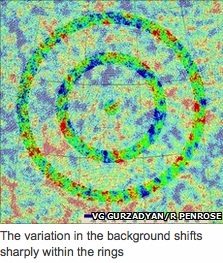Quantum physicist and all-round awesome skiffy dude Calvin Johnson is doing a series of posts over at Science in my Fiction* about how quantum field theory–the physics of very small things–clashes with our understanding of gravity, as explained by Einstein’s theory of relativity. The first post just went up. Fascinating stuff, for all y’all fellow physics nerds. Check it out.
This will be the first of three posts on the subject. I’ll include links to the other two here, once they are up.
____________________
*which, btw, is an excellent blog; add it to your bookmarks now. I mean it! (Obligatory disclaimer: I am one of the writers invited to play there but have been a sorry-ass-procrastinator and have yet to actually, y’know, POST there. Ahem.)











